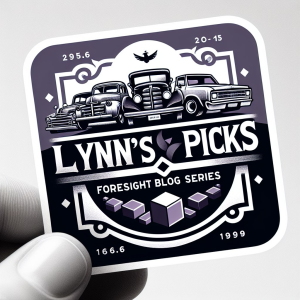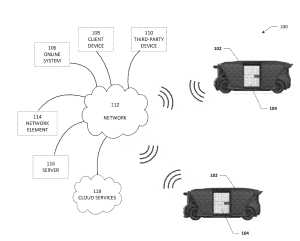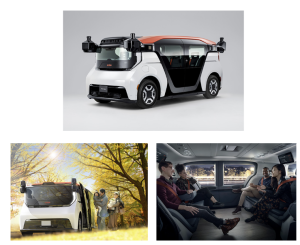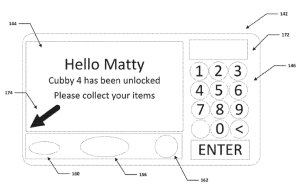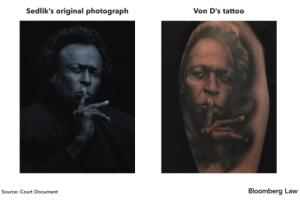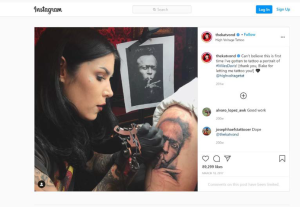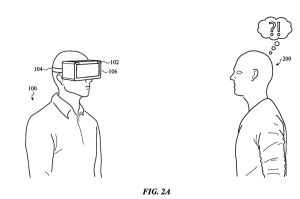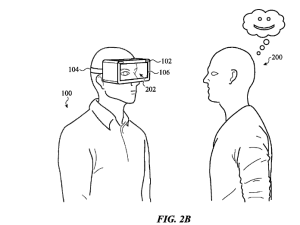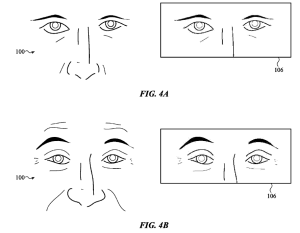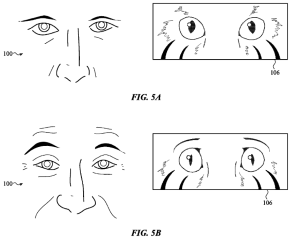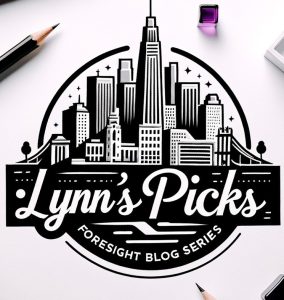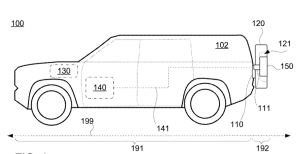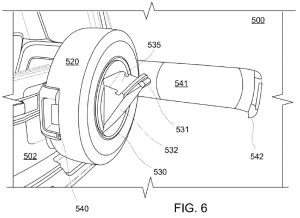Disclaimer: This blog was created for informational purposes only and does not represent Foresight’s or the author’s opinion regarding the validity, quality or enforceability of any particular patent covered in this blog. Foresight is not a law firm and no portion of the information contained in this blog was intended to serve as legal opinion.
In this week’s blog we are returning to the automotive space which was featured in the first blog post of this series (which covered Rivian’s Spare Wheel Container application). This week we are looking at a patent held by GM Cruise Holdings LLC carrying the patent number 11,859,986 and titled System and Method for Delivery by Autonomous Vehicles. This patent could provide a glimpse into the future of autonomous delivery logistics. GM Cruise Holdings LLC manufactures and commercializes autonomous vehicles for deployment in ride-sharing environments. The company was incorporated in 2018 and is based in San Francisco, California. GM Cruise Holdings LLC operates as a subsidiary of General Motors Company according to data provided by S&P Capital IQ.
GM’s patent is focused on a future application of autonomous vehicles and the system and method of utilizing these vehicles to perform tasks typically done by the individual or by a gig economy worker. The focus of this patent is primarily on the method of facilitating autonomous deliveries using a cubby based delivery assembly that is transported by an autonomous vehicles. The system seeks to overcome some of the limitations of autonomous delivery systems on the market today, namely those based on small robotic platforms or drone platforms. These limitations focus on the capacity constraints of most robotic and drone platforms which restricts the size of the delivery as well as limits the delivery to a small number of packages and/or destinations. These current platforms are also geographically limited due to range logistical considerations, and also typically function in a small geofenced area that requires training of the delivery platform to navigate the sidewalks in the case of robotic platforms, and the airspace for drone platforms. As depicted in the patent images shown below, as well as images pulled from the GM Cruise website, it appears that GM has taken a different route and is planning to implement this patented system in a larger vehicle designed to operate in normal city traffic.
Operating as a traditional, albeit driverless, vehicle enables GM to utilize an existing platform that is already scheduled for use as a driverless taxi vehicle in Japan starting in 2026, and adapt the vehicle to either service a different function or to serve multiple functions by providing taxi services when delivery demand is low and switching to delivery services when passenger demand increases.
As seen in the image above, the patent is outlining the ways in which this service may be facilitate through a control panel alerting the user where their delivery is located. In the patent, a system is described that allows for the authentication of a user receiving a delivery and authorizing the user to access one or more items in a specific cubby. The system described in the patent is one that is pretty straightforward to interact with as a user, and while this may seem like a system out of a sci-fi movie, the increased use of autonomous services occurring around us today, coupled to the growing demand and expectation for near-real-time delivery of orders, highlights the likely demand for such a system as found in this patent. Moreover, with multiple companies working together, such as is the case for the Cruise Origin being developed for the autonomous taxi service in Japan which is being developed through a collaboration between Honda, GM and Cruise, it is likely that in the coming years we will begin to see autonomous vehicles delivering our Walmart, Whole Foods or Trader Joe’s orders right to our driveway.
Have you come across any interesting patents you would like us to feature in future blogs or did you invent a technology you would like featured? Please send us an email at media@foresightvaluation.com or call our office at (650) 561-3374.
